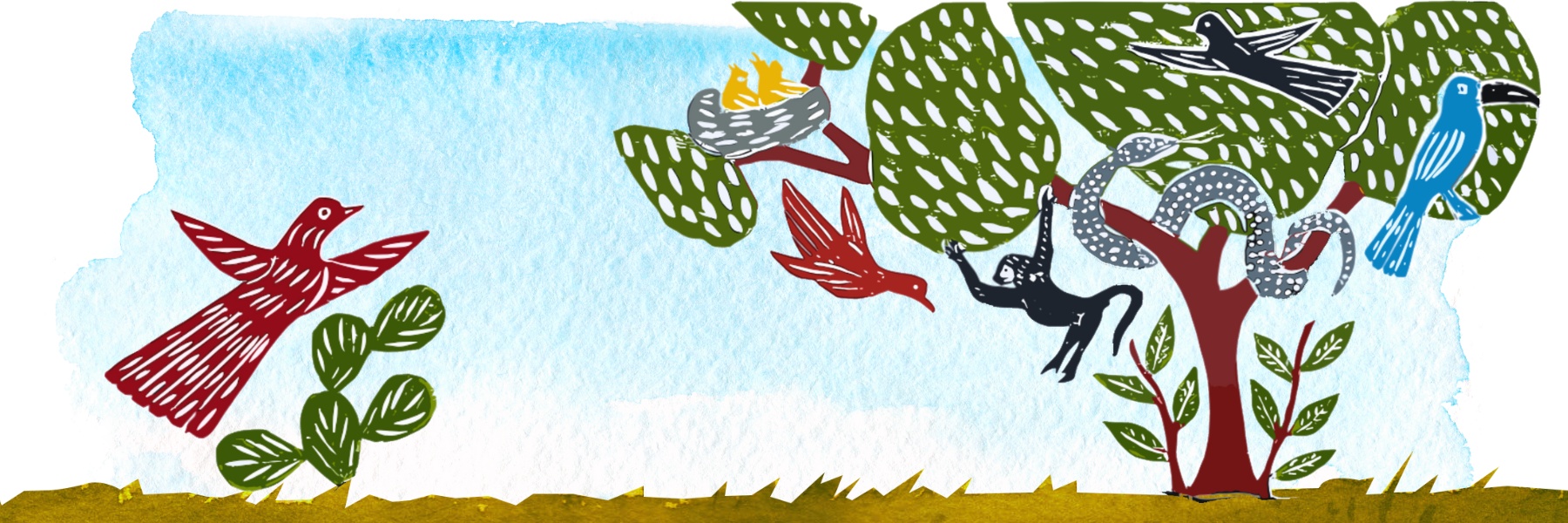Program Outline

How will the 10 days of activities be organized?
A course aimed at co-producing efficient assessments
The School was designed as an intensive and problem-oriented course, lasting two weeks.
First Part: Lectures and Discussion Panels
In the first part, two complementary approaches to biodiversity assessments will be explored concurrently: on one side, the demands for biodiversity information from governmental and non-governmental organizations, as well as private sectors and social actors. On the other, the range of current ways of producing different taxonomic, structural and functional components of biodiversity. These will be addressed in talks and panel discussions, focusing on one main theme per day:
evaluation modes and their effectiveness
avaliações e aferição de eficácia
of climate and land use change, among other drivers
mudanças climáticas e de uso da terra, etc.
effects and responses of biodiversity
efeitos/respostas da biodiversidade
under different usage regimes
em diferentes regimes de uso
Socio-cultural uses
of biodiversity and bioprospecting
Also in the first part, participants will be invited to present their completed or ongoing research, or technical work in environmental agencies or NGOs). Presentations will be in flash talk format.
Second Part: Workgroups
In the second part, participants and mentors will work on innovative procedures for the assessment and monitoring of biodiversity, targeting actual issues, such as ways to compare diversity between structurally different ecosystems, mechanisms to assess the impact of farming practices (e.g., conventional vs. organic) on biodiversity, or the positive impacts of actions taken to conserve biodiversity.
After the School, groups should present final reports in either format within 12 weeks. The results of workgroup projects are likely to be published in technical guides and scientific papers, rendering them useful to partner institutions, researchers and biodiversity data users worldwide.